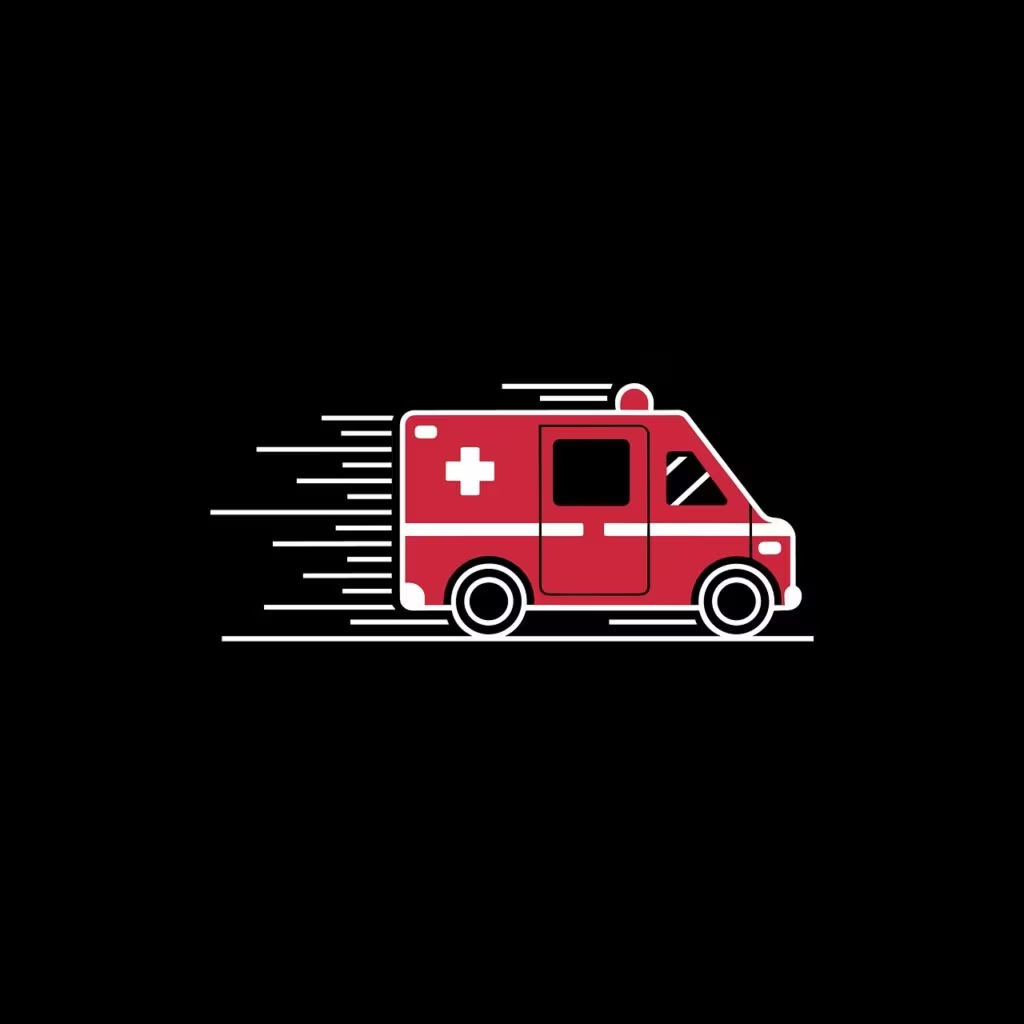When Expertise Meets the Healthcare Maze: A Doctor’s $64K Surprise
In a stark illustration of the ongoing crisis in U.S. healthcare billing, a Colorado physician, Dr. Lauren Hughes, found herself facing a staggering $64,000 bill for ankle surgery and a short hospital stay following a car accident in February 2025. The incident, first reported by KFF Health News, highlights the extreme difficulty even medical professionals face when navigating the opaque and often contradictory rules governing insurance, auto coverage, and hospital pricing.
Dr. Hughes, who was T-boned by another driver near Denver while heading to a patient clinic, suffered an ankle fracture that required immediate surgical intervention. Despite being a practicing physician with health insurance through Kaiser Permanente and the accident being the fault of the other party (meaning her auto insurance was involved), the complex interplay of policies resulted in a massive, unexpected charge.

The Anatomy of a Surprise Bill: Health Insurance vs. Auto Insurance
The core of the conflict lay in the distinction between Dr. Hughes’ primary health coverage and the coverage designated for accident-related injuries, often referred to as Personal Injury Protection (PIP) or Medical Payments coverage (MedPay) in Colorado.
While the hospital where Dr. Hughes received care was in-network for her Kaiser Permanente health plan, the facility was considered out-of-network for the specific auto insurance coverage responsible for the initial medical payments. This critical detail allowed the hospital to bypass the negotiated rates established by her health insurer and charge the full, non-discounted rate—the notorious ‘chargemaster’ price.
The $64,000 Breakdown
The total initial charge for the surgery and brief hospitalization reached approximately $64,000. This amount reflects the list price, which is often several times higher than the rates insurance companies typically negotiate. For the average patient, receiving such an astronomical bill can be financially devastating, leading to debt, bankruptcy, or avoidance of necessary care.
Dr. Hughes, leveraging her professional knowledge and access to resources, was able to challenge the bill. Her case underscores a crucial systemic flaw:
- Dual Coverage Conflict: When an injury involves both health insurance and auto insurance, the payment hierarchy and network status can become incredibly complex, often defaulting to the highest possible charge.
- Lack of Transparency: The hospital failed to provide a clear, upfront estimate that reflected the actual cost, a common practice that leaves patients vulnerable to surprise billing.
The Challenge to Price Transparency Laws
Dr. Hughes’ experience is particularly relevant in Colorado, a state that has implemented measures aimed at increasing cost clarity. The Colorado Hospital Price Transparency Act mandates that hospitals provide good-faith estimates of costs for scheduled procedures. However, this case demonstrates the limitations of such laws, especially in emergency situations or when multiple payers are involved.
“It’s a broken system when even a physician, who understands the terminology and the processes, has to fight this hard to get a fair price,” Dr. Hughes stated, emphasizing the vulnerability of the general public.

In her efforts to resolve the bill, Dr. Hughes was forced to engage in a protracted negotiation process, demanding to see the actual negotiated rates and challenging the validity of the out-of-network charge when her health plan was in-network.
The Negotiated Outcome
While the initial bill stood at $64,000, the final payment negotiated between the hospital and the auto insurer was significantly lower. This gap—the difference between the initial list price and the final accepted payment—is the core issue driving healthcare cost inflation and patient anxiety. The fact that the hospital was willing to accept a fraction of the original charge confirms that the initial $64,000 figure was an arbitrary starting point, not a reflection of the actual cost of providing care.
Implications: Why a Doctor’s Bill Matters to Everyone
This incident serves as a powerful case study for consumers across the country, particularly those in states with similar dual-payer systems (health and auto insurance). If a medical professional with deep knowledge of the system struggles to navigate these charges, the average patient stands little chance without expert intervention.
Systemic Failures Highlighted:
- Emergency Exceptions: Emergency care often bypasses standard transparency requirements, allowing facilities to charge maximum rates before negotiations begin.
- The Chargemaster Problem: The existence of a non-negotiated, inflated list price (the chargemaster) provides hospitals with leverage in billing disputes, even when they know they will accept a far lower rate.
- Consumer Burden: The responsibility for identifying and fighting these inflated bills falls almost entirely on the patient, diverting their energy from recovery to financial litigation.
This scenario is precisely what federal and state surprise billing legislation, such as the No Surprises Act (at the federal level), aims to prevent. However, the complexities involving auto insurance and specific state regulations often create loopholes that providers can exploit.

Key Takeaways and Practical Steps for Consumers
Dr. Hughes’ experience offers critical lessons for anyone facing medical bills, especially those resulting from accidents or emergency care:
- Know Your Auto Coverage: Understand the limits and network status of your MedPay or PIP coverage before an accident occurs. This coverage often dictates which facilities are considered in-network for accident-related care.
- Demand the Negotiated Rate: Never pay the initial bill. If you receive a bill that seems excessive, immediately request the rate the hospital charges major insurers (like Medicare or large commercial payers). This provides a baseline for negotiation.
- Invoke Transparency Laws: Reference state and federal price transparency laws, demanding a detailed, itemized bill and a good-faith estimate if the service was not a true emergency.
- Utilize Patient Advocates: If the bill is overwhelming, seek help from professional medical bill advocates or non-profit organizations specializing in fighting surprise medical bills. Even doctors often need external help in these situations.
- Document Everything: Keep meticulous records of all communications with the hospital, the health insurer, and the auto insurer, including dates, names, and promised actions.
Conclusion: The Ongoing Fight for Fair Pricing
Dr. Lauren Hughes’ battle against a $64,000 bill is more than just a personal anecdote; it is evidence that the U.S. healthcare payment system remains fundamentally broken, prioritizing complex billing practices over patient welfare. The case reinforces the need for stronger, clearer price transparency enforcement that applies equally across all payer types, including auto insurance and workers’ compensation claims.
Until systemic reforms close these loopholes, the burden of policing hospital costs will continue to fall on the shoulders of patients—even those with the highest levels of expertise.
What’s Next
Experts anticipate that high-profile cases like this will fuel renewed legislative efforts in Colorado and nationally to tighten regulations around surprise billing, particularly concerning the intersection of health and auto insurance. Consumer advocates continue to push for mandatory, easily accessible price lists that reflect actual costs, rather than inflated chargemaster rates, ensuring that no patient, regardless of their medical background, is blindsided by catastrophic bills.
Original author: KFF Health News
Originally published: October 30, 2025
Editorial note: Our team reviewed and enhanced this coverage with AI-assisted tools and human editing to add helpful context while preserving verified facts and quotations from the original source.
We encourage you to consult the publisher above for the complete report and to reach out if you spot inaccuracies or compliance concerns.

